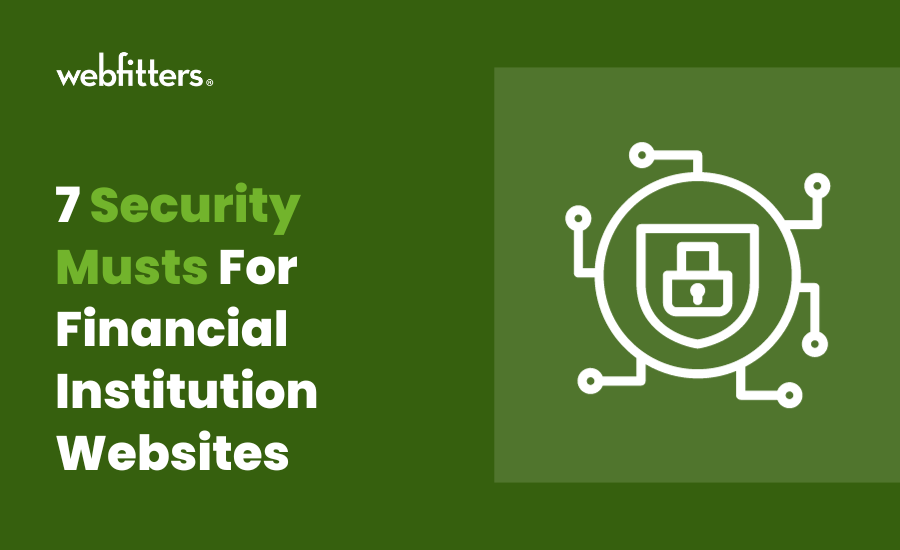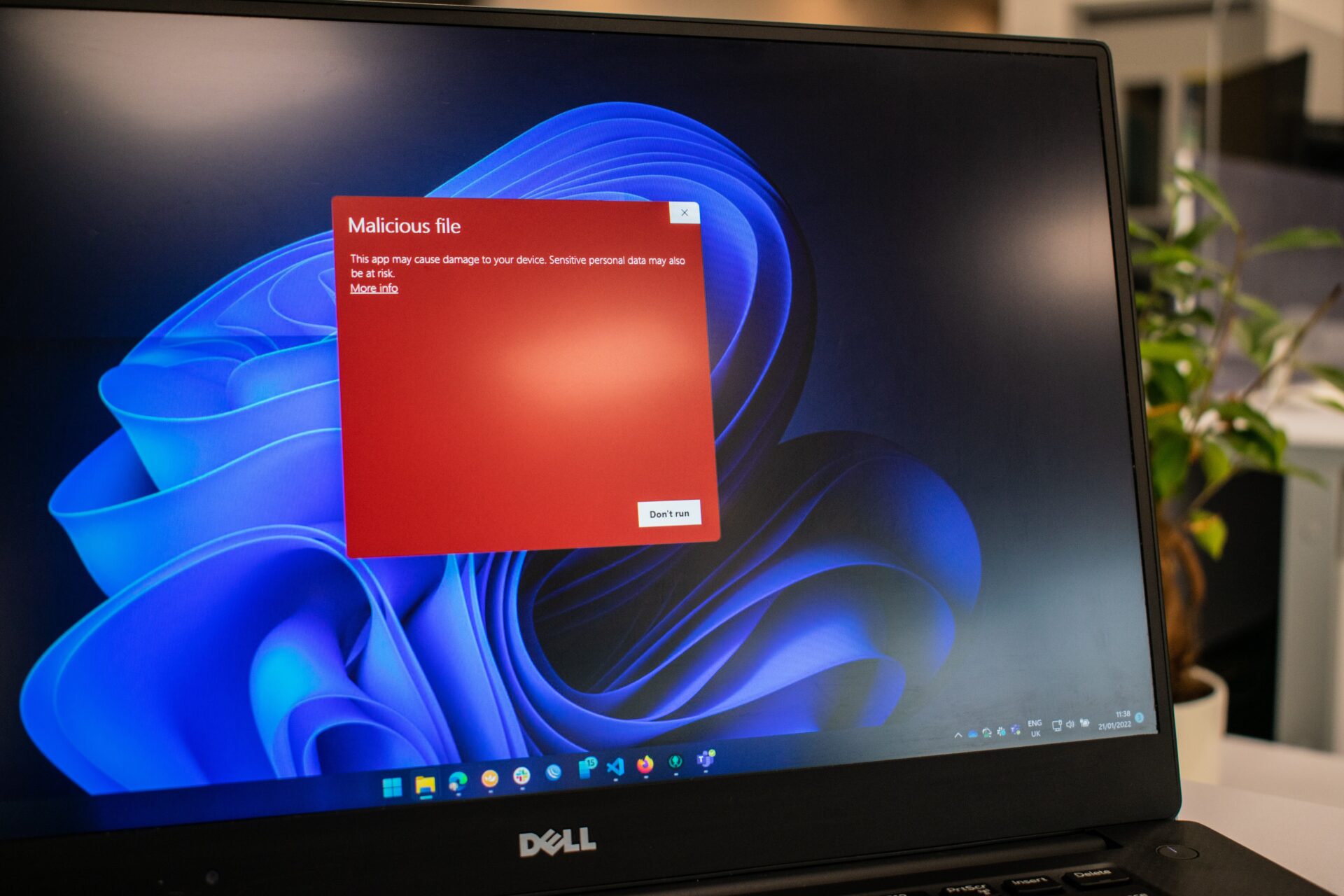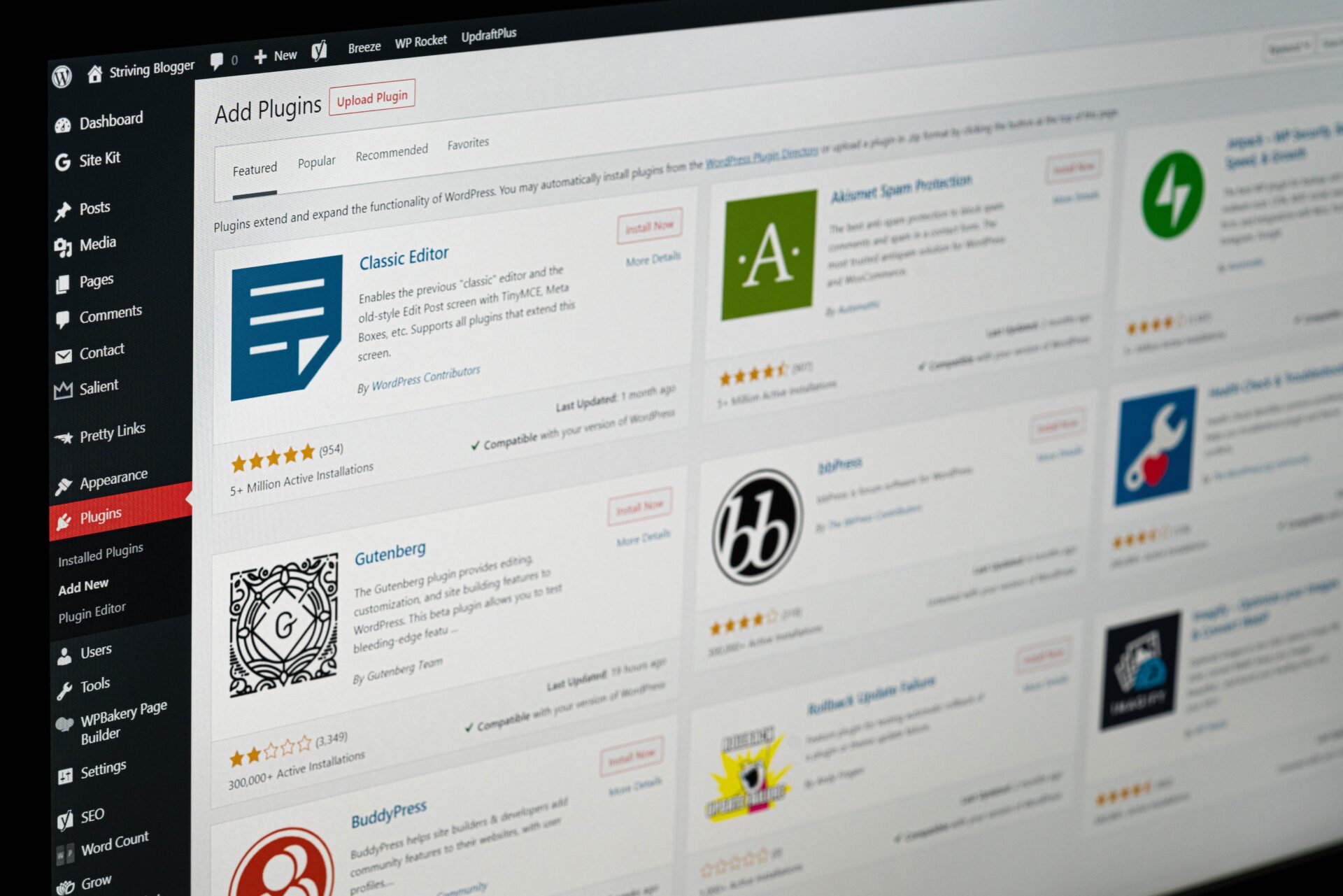7 Security Musts For Financial Institution Websites

While there are plenty of large-budget security measures you can take to keep your organization and clients safe, there are some foundational, and fiscally practical security measures that you can implement that can build a strong base of security on your website and in your organization as a whole.
Always prioritize security from a foundational level
If you’re ready to hire a company to build your website or update it, ask questions about how they intend to build a secure site. They should be able to tell you exactly what they do to ensure your new website will be protected and information secured.
From the first day on the job to their 10th year at the company, all employees should be well educated on the best practices for preventing cyber attacks or infiltrations. By providing them with an outline of best practices, security measures, and resources, the risk of breaches is mitigated.
Implement Strong Encryption
Make sure your website has a Secure Socket Layer (SSL). An SSL is a security protocol that encrypts sensitive information such as credit card numbers, usernames, passwords, and more. Without one, sensitive information on your website is vulnerable to hackers and cybercriminals. SSL’s can be purchased and applied to your website.
You can tell if your website has an SSL by looking at your URL. Does it start with “https” or “http”? If your URL starts with “http” you do NOT have an SSL.

Do your research
Never download or install plugins or other software without first doing your own research or consulting with a web service provider. There are tens of thousands of plugins available for your WordPress website, but not all of them are reputable and trustworthy.
Monitor and Update
Removing any software or plugins that you no longer use, or update, is another must for ensuring your website stays secure.
It’s crucial to delete unused plugins because hackers can still access these plugin files and even install malware on your site through outdated files.
Update any plugins that have new versions or updates available. Your website could be at risk if any bugs or gaps in its security don’t get fixed with the plugin’s latest update.
As a business in the financial industry, it’s important to stay up to date with regulations in order to ensure your website complies with the most recent guidelines. If you fail to comply, you could be risking monetary penalties, reputation loss, or even lawsuits.
Monitoring your site regularly is another must for protecting your website. Keep an eye out for anything that may look off or suspicious. Carefully look into anything that may seem different, or consult with an IT expert or web provider immediately. It’s better to be safe than sorry.
Always have challenging passwords and change them appropriately
Never provide passwords to all employees, instead provide access to or permissions ONLY to the parts of the website and data that they absolutely need for performing their job function.
Once a hacker has access to the back-end of your website, they have access to your customer’s information as well as the files on your website. Keeping strong, complex passwords will help mitigate the chance of someone guessing passwords and gaining access to your organization’s private information.
Our tips:
- Changing your passwords every 60-90 days may be best if you have weaker passwords
- You can increase that length of time in between changes, if your passwords are strong and unique, especially if you have multi-factor authentication in place
- Use a password manager to store your passwords – we use Zoho at Webfitters
- Immediately change your password if you see any suspicious activities or breaches

Implement multi-factor authentication (MFA) where possible
Multi-factor authentication is another way to add an extra layer of security to your website or other financial platforms. Multi-factor authentication, or two-factor (2FA) authentication, verifies a user’s identity through a password and a secondary authentication variable like a text message, phone call, or app verification.
There are many companies out there that offer multi-authentication solutions, check some out here.
Educate employees and those in your organization on online security and safety
It’s important to train your staff to recognize and report security threats such as phishing attempts and social engineering attacks. Security awareness programs can help reduce the amount of security breaches by employees.
It may also be beneficial to develop a comprehensive incident response plan that outlines the steps to take in case of a security breach. This will help minimize damage and downtime in the event of an attack.
As a financial organization, security is everything. It is essential for protecting your employees and client’s information and maintaining a credible reputation. If you’re not sure if your site is as secure as it should be. Contact us immediately for a FREE website audit.

